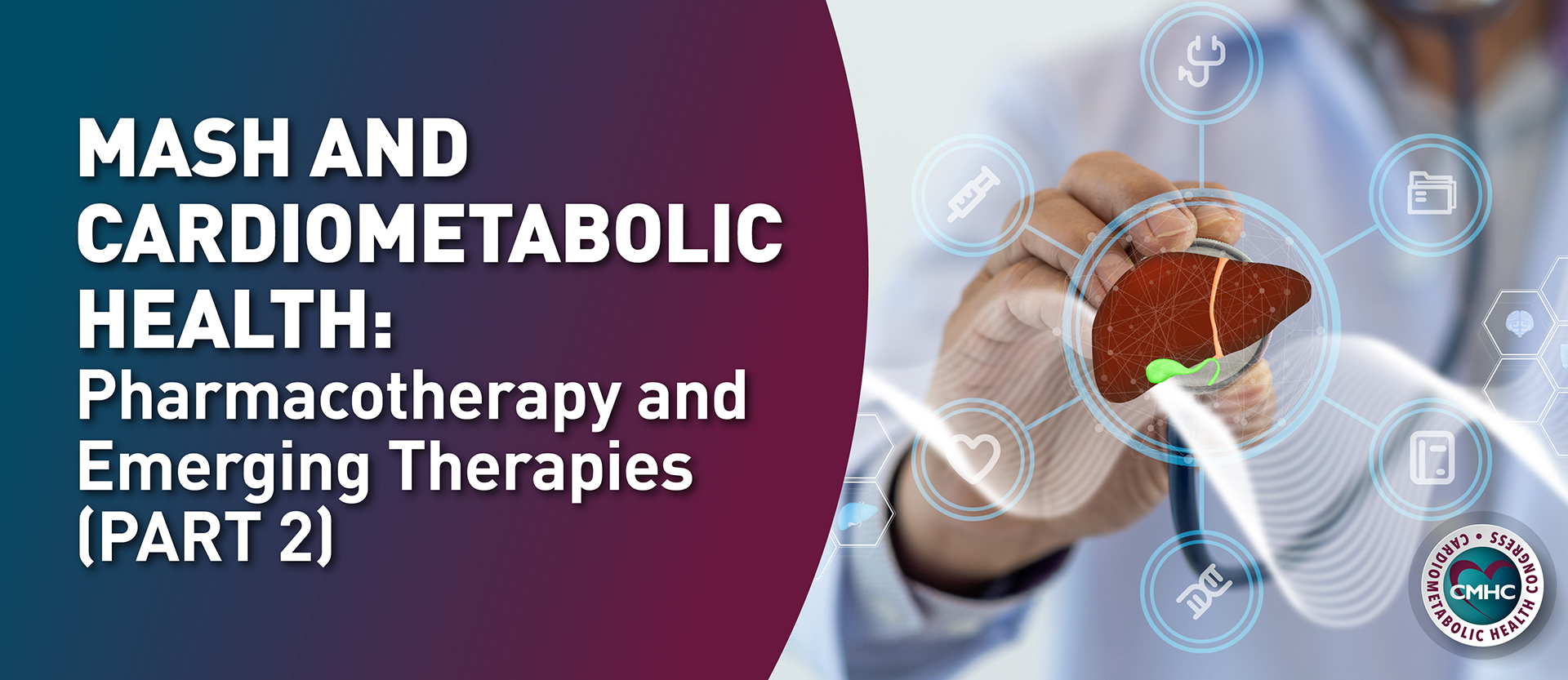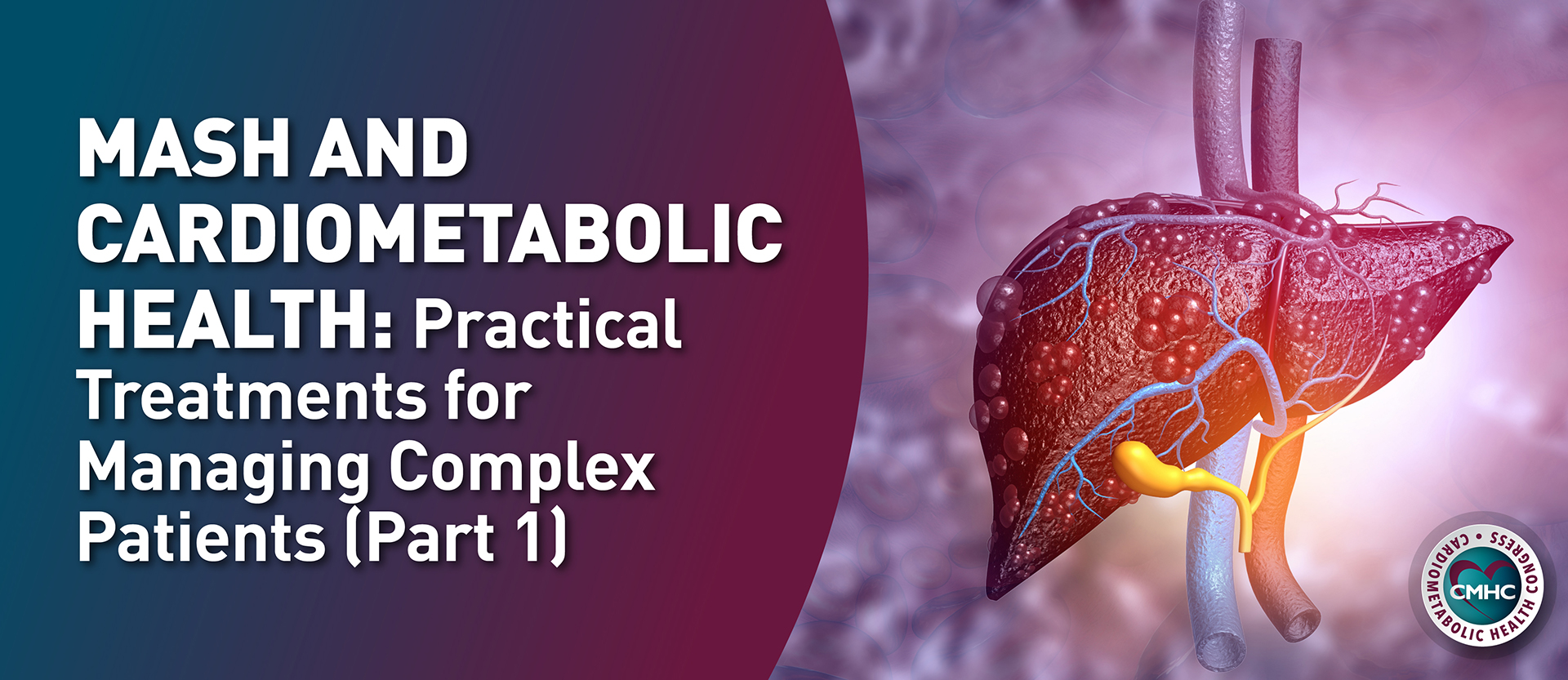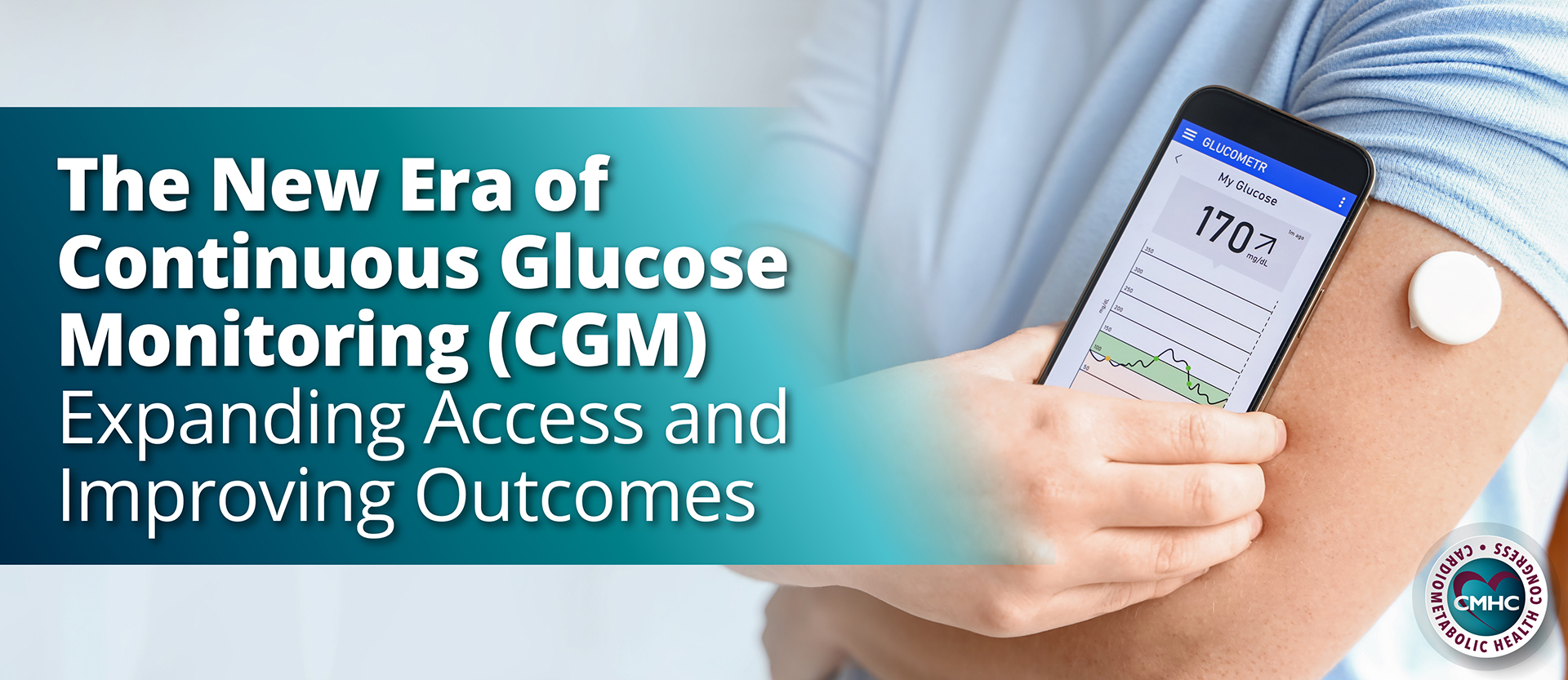While various studies have linked strength to a lower risk of type 2 diabetes, a new study published in the journal Mayo Clinic Proceedings indicates that even ‘moderate amounts of muscle strength’ were associated with a 32% reduced risk of developing T2DM.
Angelique Brellenthin, a postdoctoral research associate in Iowa State University’s College of Human Sciences and author of the study, stated: “While it’s not entirely clear why higher strength did not protect against diabetes, it’s possible that higher aerobic fitness, higher amounts of physical activity and lower body mass indexes that were present in this higher-strength group were also affecting the relationship between strength and diabetes.”
As published in CNN, this is the first study to explore the relationship between the risk of later development of diabetes and muscular strength: according to the US Centers for Disease Control and Prevention, more than 30 million Americans have diabetes; between 90% to 95% of them have type 2 diabetes. The global number of those diagnosed with diabetes has continued to rise; the World Health Organization has indicated that statistics worldwide have skyrocketed from 108 million in 1980 to 422 million in 2014.
This new study involved 4,681 subjects, 20 and older, who had no type 2 diabetes at the outset of the research. Between the years 1981 and 2006, the adults underwent muscular strength tests and treadmill exercise tests as part of medical examinations at the Cooper Clinic in Dallas. While the strength tests evaluated the upper & lower body using resistance weight machines, the treadmill exercise tests assessed cardiorespiratory fitness. Additionally, the researchers gauged the development of type 2 diabetes: noting that 229 developed the disease.
The researchers divided the adults’ muscular strength tests into thirds, and found that those in the middle level had a 32% reduced risk of type 2 diabetes compared with the lower third. However, there was no noteworthy association between type 2 diabetes and level of upper muscular strength: compared with the lower level. “While we adjusted for these other healthy factors in the study, it doesn’t completely take away their potential confounding effects, particularly in the higher-strength group,” Brellenthin said. “Future studies will have to consider these to fully understand the relationship between strength and diabetes.” The study had some limitations, including that the sample size was small, and the adults were mostly white and in a middle to upper socioeconomic status. More research is needed to determine whether similar findings would emerge among a more diverse group.
Dr. Monique Tello, a practicing physician at Massachusetts General Hospital and clinical instructor at Harvard Medical School, asserts that the study’s findings point to the importance of both muscle strength and cardiorespiratory fitness for an overall lowered risk of diabetes. “People in the medium strength group tended to also have good cardiorespiratory fitness…there was a good correlation.”
Tello additionally stated that there were people in the low strength group with high cardiorespiratory fitness, and people in the high strength group with low cardiorespiratory fitness. Because “the correlation was not as clear,” some of the more significant findings may have been “washed out.” Previous studies, however, have confirmed that the specific combination of aerobic exercise and resistance training improves blood sugars in people who have diabetes, and can simultaneously act as a preventive measure in the development of diabetes.
Ultimately, Brellenthin said, the most positive and encouraging takeaway from the study is that one does not need to be incredibly strong or muscular to reduce the risk of diabetes. According to the 2018 Physical Activity Guidelines Advisory Committee, adults should perform muscle-strengthening activities on two days each week to stay healthy, and at least 150 minutes of moderate-to-vigorous aerobic activity every week.
“We have a solid body of evidence that shows that just being moderately in good shape—having decent muscle strength and decent cardiorespiratory fitness—is significantly associated with a lower risk of diabetes,” Tello said. “Having both of those things is very good for your health.”


















